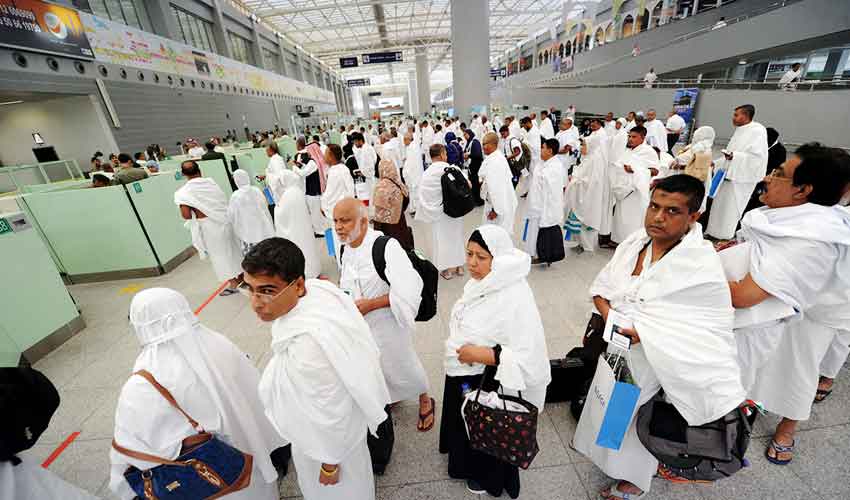Despite assurances from the Punjab Provincial Disaster Management Authority (PDMA) that today would mark the end of the current heat wave in Lahore, weather forecasters warn that the extreme temperatures may persist for several more days.
The ongoing heat wave has wreaked havoc across the city, sending dozens of citizens to hospitals with heat-related ailments. The intense heat has affected not only people but also animals and birds, with many showing signs of distress. Compounding the residents' woes, load shedding continues despite the resolution of the Lahore Electric Supply Company’s (LESCO) shortfall. Technical faults in both old and new transformers have led to widespread power outages, exacerbating the situation.
The searing heat is not confined to Lahore alone but continues to torment much of the country. The past 24 hours saw Mohenjodaro record a blistering 53 degrees Celsius, the highest temperature nationwide.
The Met Department has forecasted that the next two days will bring no respite, with most plain areas remaining under the grip of intense heat. Dusty winds and thunderstorms are expected to offer brief but inadequate relief in the afternoon though.
Heat wave overview across country
Islamabad: The capital will experience temperatures 3 to 5 degrees above normal during the day, with very hot weather predicted.
Khyber Pakhtunkhwa: This region will also face extreme heat, with day temperatures likely to be 4 to 6 degrees above normal.
Punjab: Most of the plains in Punjab will remain under a heat wave, with temperatures forecasted to be 6 to 8 degrees above normal.
Murree and Galiyat: The weather is expected to remain dry.
Balochistan: Hot weather is predicted in most districts.
Sindh: Upper districts will endure a severe heat wave with temperatures 6 to 8 degrees above normal, while the coastal belt will remain hot and humid.
Authorities recommend that citizens stay hydrated, avoid direct sunlight, and take special care of vulnerable populations such as the elderly and children. The ongoing power outages due to transformer faults necessitate immediate infrastructural improvements to mitigate the impact of the relentless heat.



























